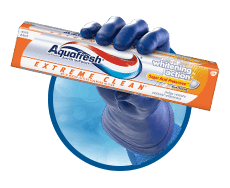What Is Toothpaste Made Of? Common Toothpaste Ingredients
All of us are familiar with this routine: we squeeze toothpaste on our toothbrush, cap our tube, and begin brushing, only to forget what exactly we are brushing with. In fact, you might not know much at all about the contents of a tube of toothpaste. What’s in toothpaste? Are all made the same? Here we unpack toothpaste ingredients and what to know about this bathroom and hygiene staple.
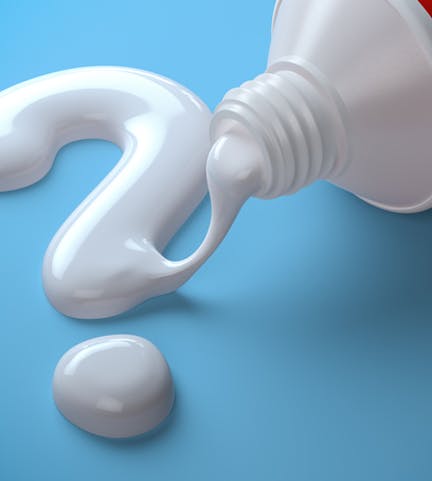
What’s in Toothpaste?
Not all toothpaste is created equally. In fact, there are several options and promises made on a tube of toothpaste, but it can be difficult to know what the contents of toothpaste mean and how they can help your oral hygiene. Let’s unpack some of the common
ingredients:
- Fluoride: Most toothpaste contain fluoride to strengthen the enamel and help prevent tooth decay (anticaries). Types of fluorides found in toothpastes sold in the US include sodium fluoride, sodium monofluorophosphate fluoride and stannous fluoride. These three are recognized by the FDA. In fact, all American Dental Association (ADA) accepted toothpastes must contain fluoride.i
- Antimicrobial: ingredients such as stannous fluoride can help reduce gingivitis, an early stage of gum disease that may also lead to bleeding and inflammation of the gums. Other ingredients such as pyrophosphate and zinc citrate help reduce tartar buildup. Note: as of early 2019, ingredients such as triclosan used in combination with sodium fluoride are no longer available on the market.ii
- Desensitizing: for people who have sensitive teeth, this ingredient may feel especially important. There are two commonly found ingredients in toothpaste, potassium nitrate and stannous fluoride, that can help reduce tooth sensitivity when you drink something very hot or bite into something really cold, for example.iii
- Whitening: many toothpastes on the market include agents such as silica abrasives or enzymes to help remove surface stains and whiten tooth enamel.iv
- Detergents: Ingredients such as sodium lauryl sulfate or sodium N-lauryl sarcosinatecreate can help create foaming and increase plaque breakdown while you brush.v
- Humectants: help prevent water loss in toothpaste. Examples include glycerol, propylene glycol and sorbitol.
- Flavoring: whether it’s bubble gum for the kids or spearmint for yourself, taste matters when it comes to toothpaste! Manufacturers typically use non-caloric sweeteners like saccharin to improve the taste. No sugar is permitted in any ADA-Accepted toothpastes.vi
While texture and consistency can look and feel different across a variety of toothpaste brands, you’ll find many of these ingredients in some of the most well-known brands on the market. Depending on preference, you may like using a gel over paste, or powder over any other option. If you’re on the hunt for a new toothpaste and you’re not sure what direction to take, consider speaking to your dentist about your specific needs.
For more information on topics such as these and other information on oral health, be sure to visit the Aquafresh site.
i-vi. Toothpastes. American Dental Association. https://www.ada.org/en/member-center/oral-health-topics/toothpastes. Referenced text is highlighted in sourcing document.



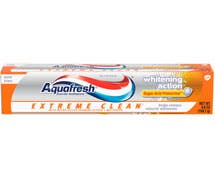
Aquafresh® Extreme Clean® can help brighten your smile in no time.
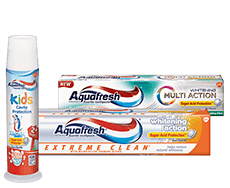
Get 75¢ off any one Aquafresh® product.

Check out more from Captain Aquafresh® to learn how to fight cavities.
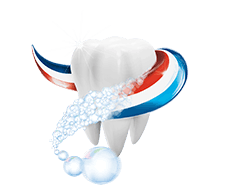
Learn more about your oral health and how Aquafresh® helps keep you feeling clean.



